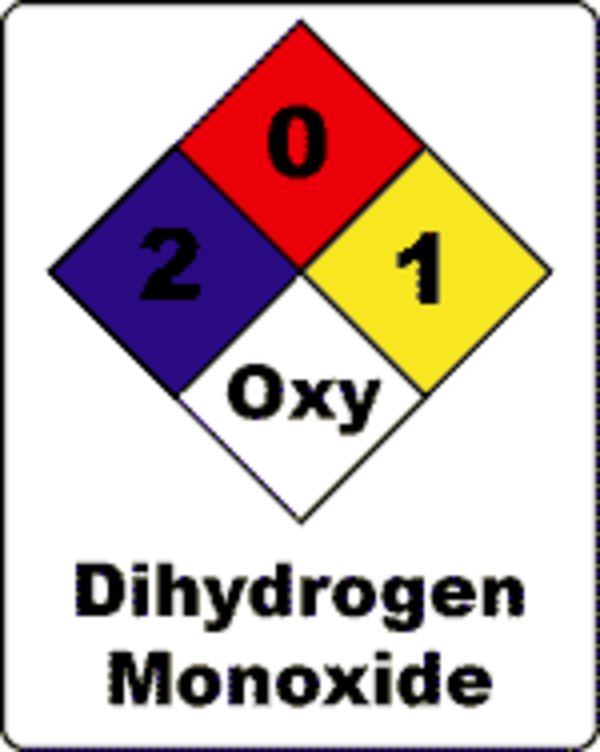In short: Queensland has a range of roadside cameras to detect offences such as speeding, mobile phone use, and not wearing a seatbelt.
The government has significantly revised how much it expects to make from cameras with revenue in 2023-24 tipped to fall $94 million short.
What’s next? The cameras are now projected to make $409 million in 2023-24, followed by $465.8 million in 2024-25.
Brace yourself for a reduction in tolerance. Government relies on that speed camera income so if there’s a shortfall they’ll stop dropping the percent tolerances until we hit the 1kph over fines they hand out in Victoria.
I wonder how much one costs to make, probably not a bad little return on investment
Can we buy shares in !speed camera revenue? Be a safer investment bet than housing even!
This is the best summary I could come up with:
Cameras deployed on Queensland roads to nab offending drivers are on track to make almost $100 million less this financial year than what the state government had forecast.
The Department of Transport and Main Roads (TMR) has not pointed to a specific reason for the drop in projected revenue from the cameras, but it has suggested the rate of offences is falling.
It means that for three financial years — from 2022-23 to 2024-25 — the state’s roadside cameras are set to make $186 million less than initially anticipated.
TMR did not state a specific reason for the revised revenue projections, but acknowledged estimates would likely change each year due to the latest camera trend data.
"In the last 12 months there has been a downward trend in the number of infringements issued across most of the camera types in the program.
In recent years the government has also rolled out cameras that detect mobile phone and seatbelt-related offences.
The original article contains 396 words, the summary contains 159 words. Saved 60%. I’m a bot and I’m open source!
Given speedometers are only required to be ± 10%, that’s some serious bullshit…
Pretty sure it’s +10%/-0%… i.e. it can read up to 10% faster than reality, but can never read slower than reality. That’s why most cars speedos tend to be out by around +5% to +8% from factory - making sure they are right in the middle, with a slight bias towards reading faster.
Well, that’s better than I thought, thanks for the correct, I hope, but still bad if one wants traffic to move (I’m more interested in bikes moving personally, but whatever…)
but still bad if one wants traffic to move
No it’s not. The most important thing for keeping traffic moving is making sure people drive consistently and predictably. It’s when people slam the brakes (or even feather the brakes, if the person following them is too close) that you end up with traffic jams. A difference of a few km/h in the maximum speed you can be travelling without getting fined isn’t a relevant factor.
Fair cop.
It used to ± 10% but the ADRs were changed somewhere in the '00s (2006, I think).
Speedometers are required to be +10% plus 4km/h, -0 km/h. If your speedo says you’re doing 60 and you’re actually doing 61, your speedo is uncompliant. On the other hand you could be doing as little as 50 km/h. If it reads 100, you could be doing as little as 86 km/h or as much as 100.
Government: so we need to make it look like we are encouraging people to drive safely, whilst at the same time wishing they actually don’t.
brace yourself for reduction in tolerance
The financial incentive helps, but nearly any risk reduction initiative will try the easiest approach (ie, lower tolerances vs stricter licensing), and continually crank the screws to breaking point.







